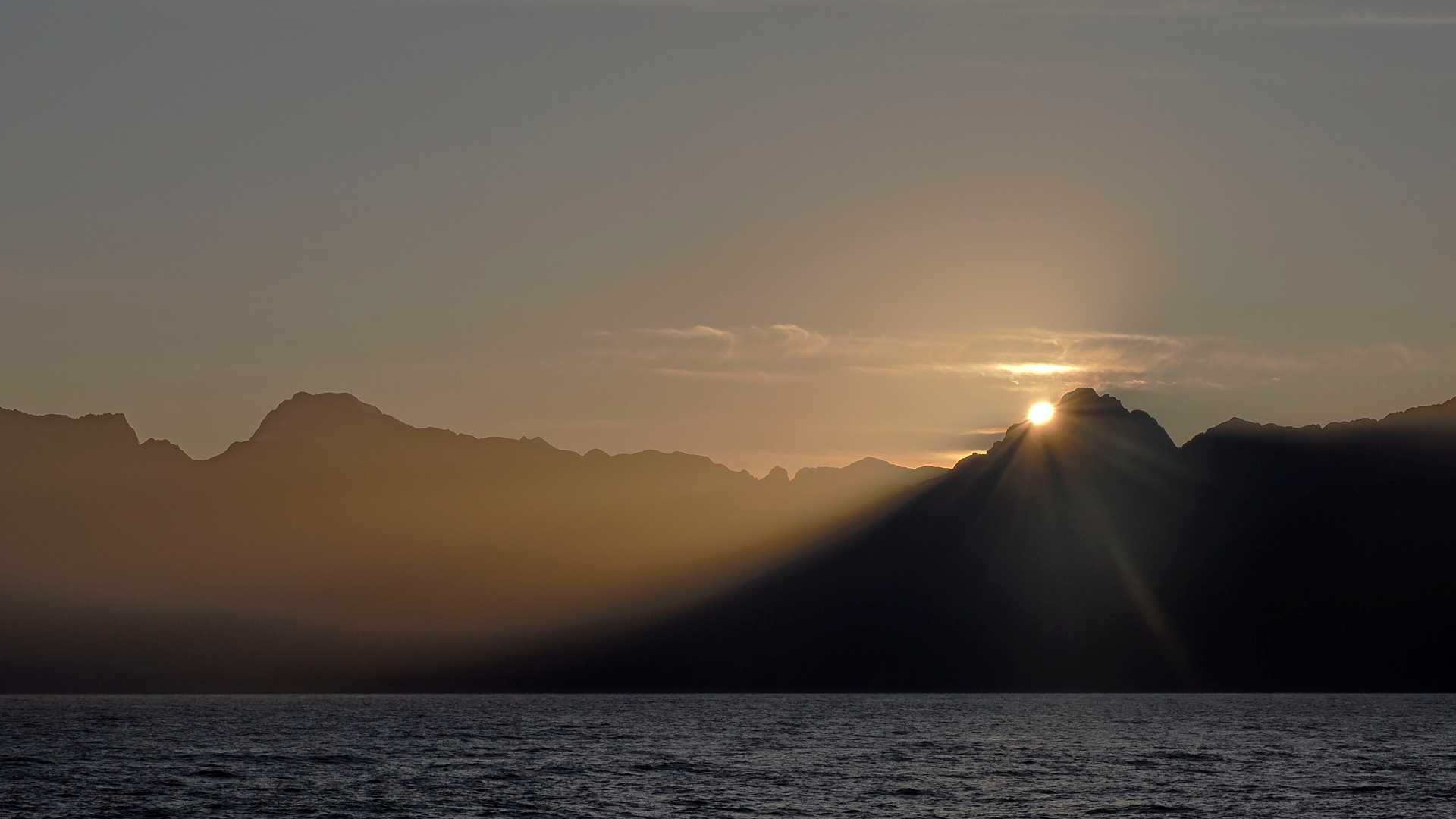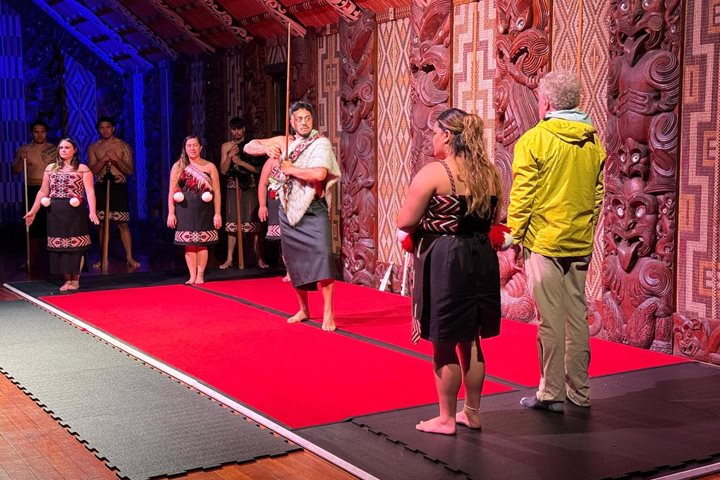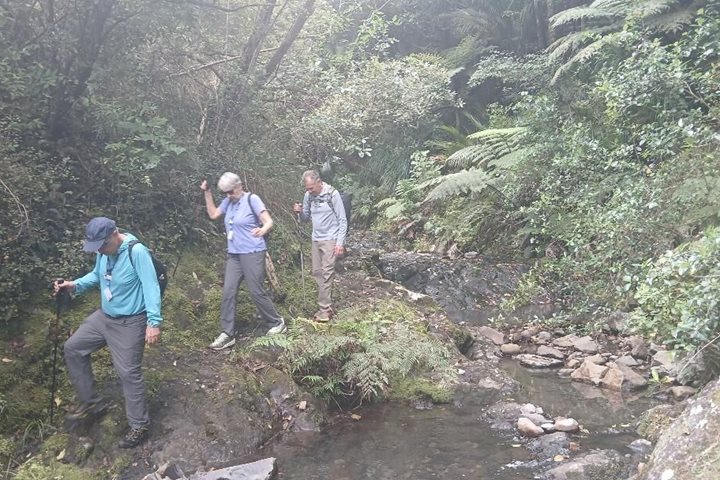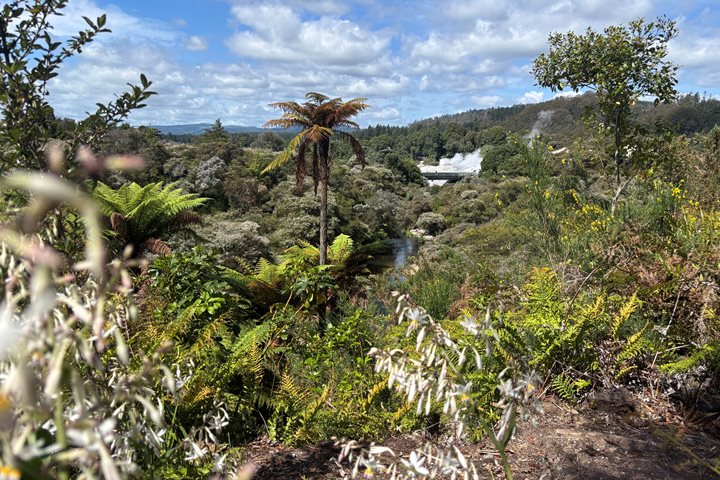After breakfast on the aft deck, we entered Milford Sound, the most famous of the fiords of Fiordland National Park in the southwest corner of the South Island of Aotearoa/New Zealand. The staff was introduced, and we did our mandatory safety briefings so that we could get out and have some fun in our Zodiacs in the morning.
Everyone was treated to unusual and gorgeous sunny weather for Fiordland, a temperate rainforest. All the Zodiacs visited Stirling Falls and explored Milford Sound, finding a variety of birds and some New Zealand fur seals. As National Geographic Orion sailed out toward the Tasman Sea, a pod of dolphins decided to swim at the bow.
Many albatrosses and other pelagic birds were spotted as we sailed south toward our next destination. Some guests attended talks given by the staff while others took advantage of downtime. The day concluded with cocktail hour, recap, and introductions of the senior staff by the captain.







